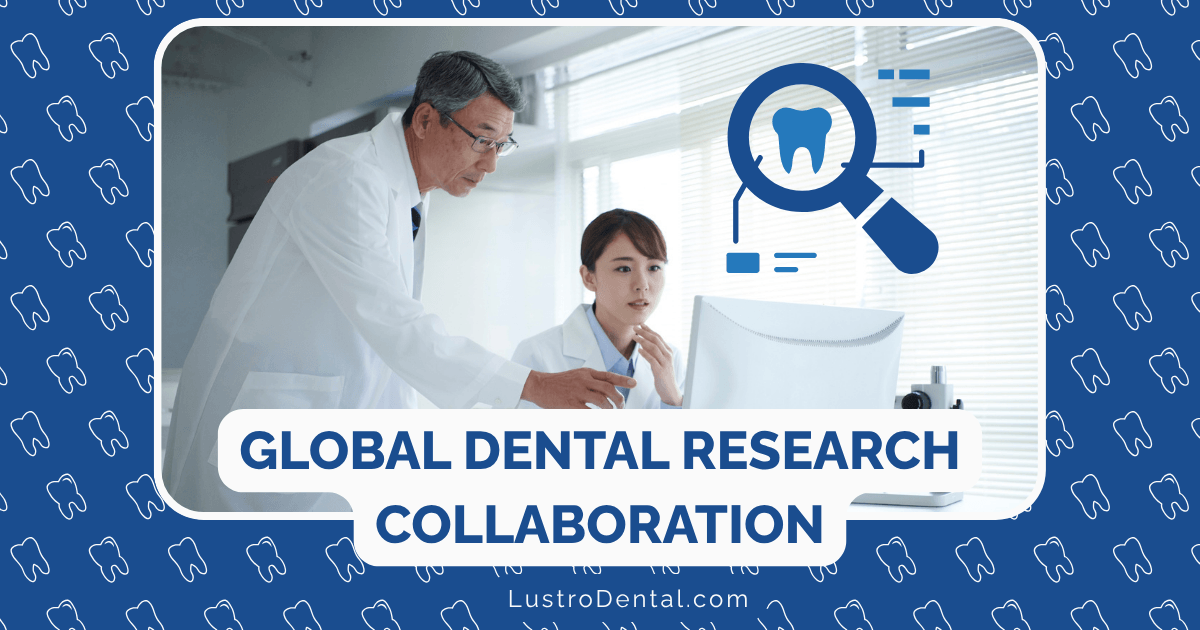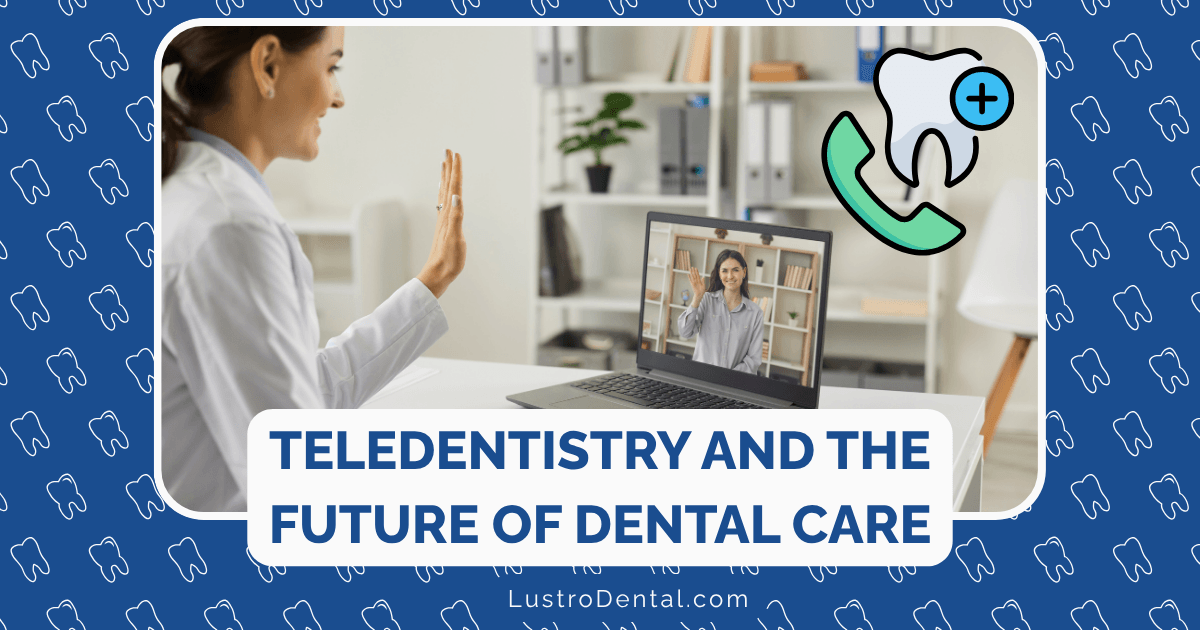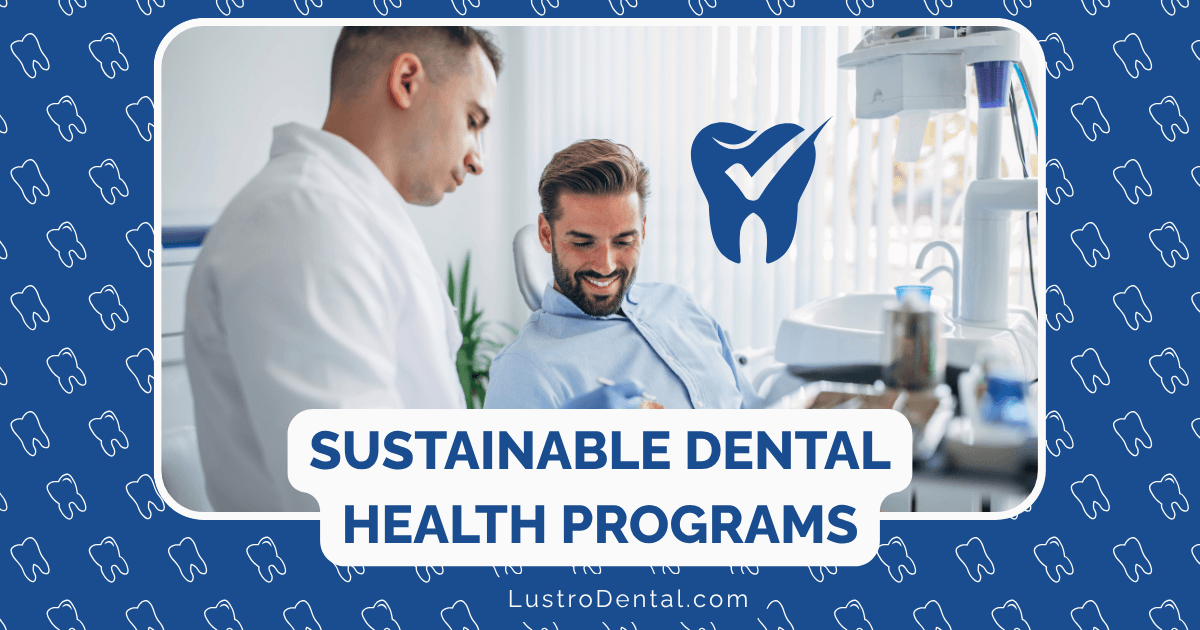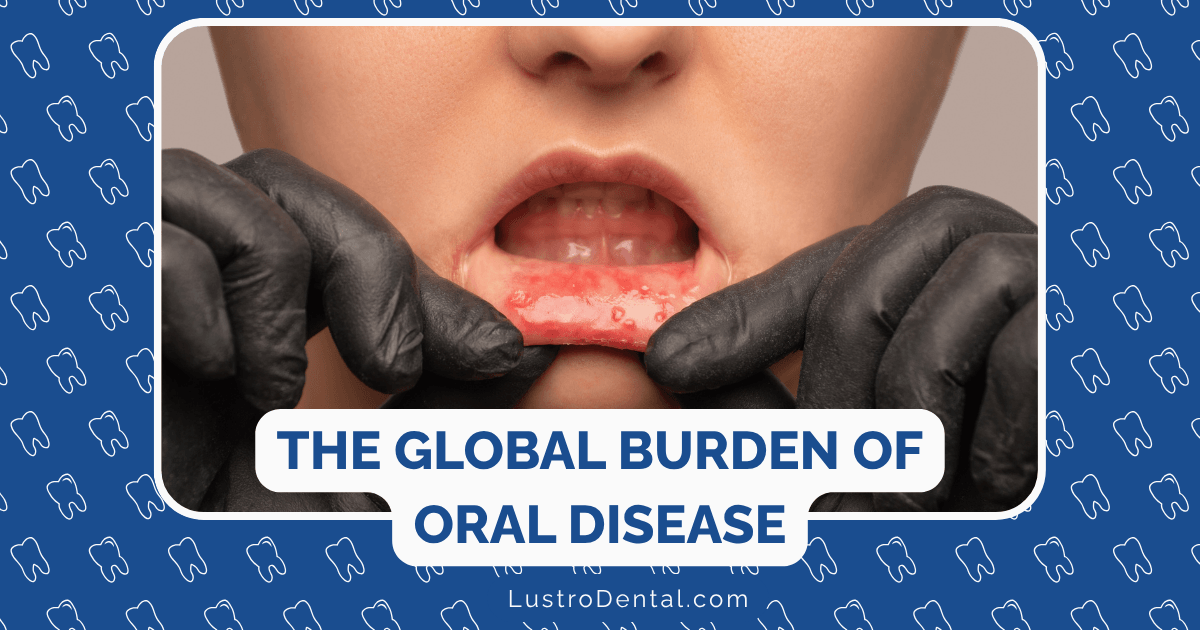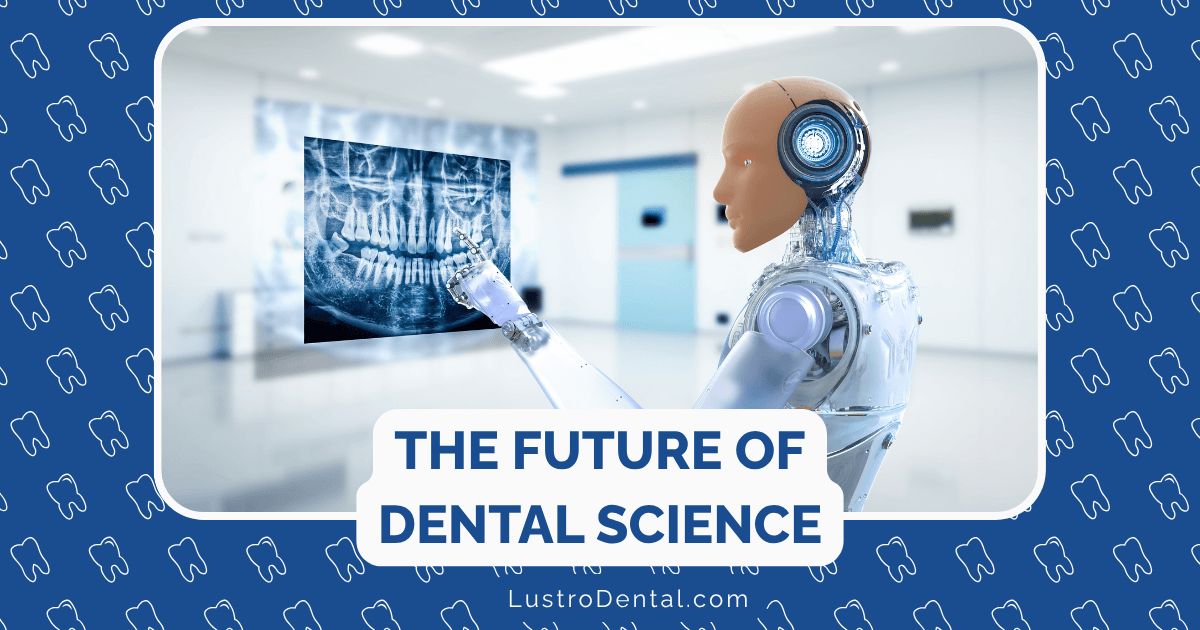The Development of Anesthesia: How Dentistry Pioneered Pain-Free Procedures
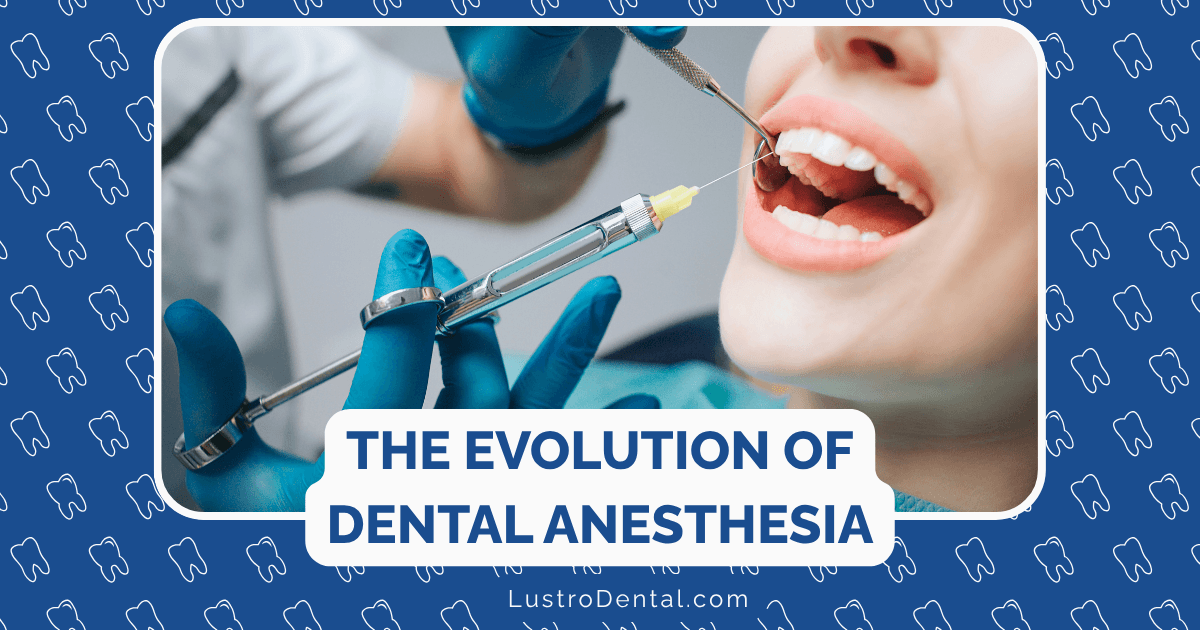
Imagine sitting in a dental chair for a tooth extraction with nothing more than a glass of whiskey to dull the pain. This was the reality for dental patients throughout most of human history. Today, we take for granted the comfort of modern dental procedures, but the journey to pain-free dentistry was long and often dramatic. What many people don’t realize is that dentistry played a pivotal role in developing the anesthesia techniques that would eventually transform all of medicine and surgery.
The Age of Agony: Dentistry Before Anesthesia
Before the mid-19th century, dental procedures were excruciating ordeals that patients endured with little relief. The options for pain management were primitive at best:
- Alcohol: Patients might consume large quantities of spirits to dull their senses
- Opium: Used in various forms but offered limited relief and carried significant risks
- Physical restraint: Assistants would sometimes physically hold down patients during procedures
- Speed: Dentists prided themselves on performing extractions as quickly as possible
According to the American Dental Association, the lack of effective pain control meant that many people avoided dental care entirely until the pain of their condition became unbearable. This reluctance often resulted in severe infections, tooth loss, and even death from complications.
The Nitrous Oxide Breakthrough: Horace Wells’s Discovery
The first major breakthrough in dental anesthesia came from an unlikely source—a traveling exhibition. On December 10, 1844, a Connecticut dentist named Horace Wells attended a demonstration of “laughing gas” (nitrous oxide) by traveling lecturer Gardner Quincy Colton in Hartford.
During the show, a volunteer named Samuel Cooley inhaled the gas and, while intoxicated, injured his leg without showing any signs of pain. This observation sparked an idea in Wells’s mind: could this gas eliminate pain during dental procedures?
The very next day, Wells decided to experiment on himself. He arranged for Colton to administer nitrous oxide while another dentist, Dr. John Riggs, extracted one of Wells’s own wisdom teeth. Upon awakening, Wells famously exclaimed, “A new era in tooth-pulling! It did not hurt me more than the prick of a pin!”
Convinced of his discovery’s importance, Wells began using nitrous oxide on his patients in Hartford with considerable success. He performed approximately 12-15 painless dental procedures and believed he had found the solution to one of humanity’s oldest problems—pain during surgery.
The Public Demonstration Failure
Eager to share his discovery with the medical world, Wells arranged to demonstrate nitrous oxide anesthesia at Massachusetts General Hospital in Boston in January 1845. The audience included medical students and prominent physicians, including Dr. John Collins Warren, a leading surgeon of the day.
Unfortunately, the demonstration went disastrously wrong. The patient—a young man requiring a tooth extraction—was not fully anesthetized and cried out in pain during the procedure. The audience jeered, calling Wells a fraud and a “humbug.” This public humiliation devastated Wells and effectively ended his immediate hopes of gaining recognition for his discovery.
Research published in the Journal of the American Dental Association suggests that the failure likely resulted from inadequate administration of the gas, not a flaw in the concept itself. However, the damage to Wells’s reputation was done.
Ether and the Birth of Surgical Anesthesia: William T.G. Morton
One of the witnesses to Wells’s failed demonstration was another dentist, William T.G. Morton, who had previously studied with Wells. Despite the public failure, Morton remained intrigued by the possibility of painless dentistry and began experimenting with different substances.
Morton focused on sulfuric ether, a volatile liquid that produced unconsciousness when inhaled. After testing it on animals and then himself, Morton successfully used ether to extract a tooth from a patient named Eben Frost on September 30, 1846. The procedure was painless, and news of it spread quickly.
Seeking broader recognition than Wells had achieved, Morton arranged for a public demonstration at Massachusetts General Hospital. On October 16, 1846—a date now celebrated as “Ether Day”—Morton administered ether to a patient named Gilbert Abbott while surgeon John Collins Warren removed a tumor from the patient’s neck. When the procedure was completed without the patient showing any signs of pain, Dr. Warren turned to the audience and declared, “Gentlemen, this is no humbug.”
This successful demonstration marked the official birth of surgical anesthesia. News of the breakthrough spread rapidly around the world, and within months, ether anesthesia was being used in hospitals across Europe and beyond.
The Ether Controversy: Priority Disputes
Morton attempted to patent his anesthetic, which he called “Letheon” (though it was simply ether), hoping to profit from his discovery. This decision sparked controversy in the medical community, where many believed that such a humanitarian discovery should be freely available.
Meanwhile, other claims to the discovery emerged:
- Horace Wells reasserted his priority with nitrous oxide, publishing a pamphlet titled “History of the Discovery of the Application of Nitrous Oxide, Ether, and Other Vapors, to Surgical Operations” in 1847
- Crawford W. Long, a Georgia physician, claimed to have used ether for minor surgeries as early as 1842 but had not published his results
- Charles T. Jackson, a Boston chemist who had advised Morton, claimed he deserved credit for suggesting ether
These priority disputes, known collectively as the “ether controversy,” became bitter and prolonged. Tragically, they contributed to Wells’s mental decline. After struggling with chloroform addiction, Wells committed suicide in January 1848, just days after being honored by the Parisian Medical Society as the discoverer of anesthesia.
Morton also died in relative obscurity and financial distress in 1868, despite his pivotal role in one of medicine’s greatest advances.
The Evolution of Local Anesthesia: From Cocaine to Modern Agents
While general anesthesia with ether and nitrous oxide revolutionized surgery, dentistry still needed a way to numb specific areas without rendering patients unconscious. This need led to the development of local anesthesia.
The breakthrough came in 1884 when Austrian ophthalmologist Carl Koller discovered that cocaine could numb tissues when applied topically. Later that same year, American surgeon William Stewart Halsted (a founder of Johns Hopkins Hospital) performed the first nerve block using cocaine during a dental procedure.
Cocaine was effective but had serious drawbacks, including toxicity, addiction potential, and cardiovascular side effects. The search for safer alternatives led to several important developments:
- 1905: Alfred Einhorn synthesized procaine (Novocaine), the first synthetic local anesthetic
- 1943: Lidocaine was developed by Swedish chemist Nils Löfgren
- 1948: Lidocaine entered clinical use, quickly becoming the gold standard in dental anesthesia
- 1969: Articaine was synthesized, offering improved efficacy for dental procedures
According to research from the National Center for Biotechnology Information, modern local anesthetics are classified into two groups based on their chemical structure:
- Esters (like procaine): Metabolized in the bloodstream, shorter duration, higher allergy risk
- Amides (like lidocaine, articaine, mepivacaine): Metabolized in the liver, longer duration, lower allergy risk
Today’s dentists have access to a range of local anesthetics that can be selected based on the procedure’s length, the patient’s medical history, and other factors—a far cry from the one-size-fits-all approach of earlier eras.
Modern Innovations in Dental Anesthesia
The evolution of dental anesthesia continues today with several notable innovations:
Computer-Controlled Local Anesthetic Delivery (CCLAD)
These systems deliver anesthetic at a controlled, slow rate that minimizes discomfort during injection. Devices like The Wand® and STA® (Single Tooth Anesthesia) allow for more precise administration and can target specific teeth with minimal numbness to surrounding tissues.
Buffered Anesthetics
Traditional local anesthetics are acidic, which contributes to the burning sensation during injection. Buffered anesthetics neutralize this acidity, making injections more comfortable and potentially speeding up onset time.
Needleless Jet Injection
These systems use high pressure to force anesthetic through the tissue without a needle, reducing anxiety for needle-phobic patients.
Topical Anesthetics
Advanced formulations of topical anesthetics make the initial injection less uncomfortable, addressing one of the most anxiety-producing aspects of dental visits.
Reversal Agents
Products like OraVerse® can reverse the effects of local anesthesia after the procedure is complete, eliminating the prolonged numbness that many patients find annoying.
Dentistry’s Broader Impact on Medicine
The pioneering work of dentists like Wells and Morton in developing anesthesia had far-reaching implications beyond dentistry. Their discoveries:
- Transformed surgery: Before anesthesia, surgeons were limited by how quickly they could operate while patients were conscious. With anesthesia, more complex and lengthy procedures became possible.
- Advanced medical ethics: The ether controversy sparked important discussions about medical patents and the ethical sharing of discoveries.
- Established a scientific approach: The development of anesthesia helped shift medicine toward a more scientific, evidence-based approach.
- Improved patient care: By eliminating pain, anesthesia allowed practitioners to focus on precision rather than speed.
- Demonstrated interdisciplinary innovation: The fact that dentists pioneered advances that benefited all of medicine highlights the importance of cross-disciplinary collaboration.
According to the Journal of Dental Research, the development of anesthesia is considered one of dentistry’s greatest contributions to healthcare and human welfare.
The Legacy of Dental Pioneers
Though Wells and Morton died without receiving full recognition or financial reward for their contributions, history has vindicated them:
- In 1864, the American Dental Association recognized Horace Wells as the discoverer of anesthesia
- In 1870, the American Medical Association acknowledged Wells’s pioneering role
- Today, both Wells and Morton are honored with monuments, including a statue of Wells in Hartford, Connecticut
- The Horace Wells Club was established in 1894 to honor his memory and provide scholarships to dental students
These dental pioneers transformed not just their own profession but all of healthcare. Their willingness to experiment—even on themselves—and to challenge the status quo exemplifies the innovative spirit that continues to drive medical progress.
The Future of Dental Anesthesia
The quest for improved pain control in dentistry continues today. Emerging technologies and approaches include:
- Nanotechnology-based delivery systems that could provide more targeted anesthesia
- Genetic approaches that could temporarily block pain signals at the molecular level
- Virtual reality distraction techniques that complement traditional anesthesia
- Pharmacogenomics to personalize anesthetic selection based on a patient’s genetic profile
As these innovations develop, the fundamental goal remains the same as it was for Wells and Morton: to make dental care as comfortable and anxiety-free as possible.
Conclusion: A Revolution Born in Dentistry
The next time you sit comfortably in a dental chair, feeling nothing more than slight pressure during a procedure, remember that this comfort originated with bold dental pioneers who transformed healthcare. The development of anesthesia stands as one of dentistry’s greatest gifts to medicine and humanity—a revolution that began with a dentist’s visit to a traveling exhibition and culminated in the birth of pain-free procedures.
From Wells’s first experiments with nitrous oxide to today’s sophisticated anesthetic techniques, the journey toward pain-free dentistry exemplifies how innovation, persistence, and a commitment to patient comfort can change the world. It’s a powerful reminder that groundbreaking medical advances can come from unexpected places—even the dental chair.
What aspects of modern dental anesthesia do you most appreciate? Share your thoughts in the comments below!


